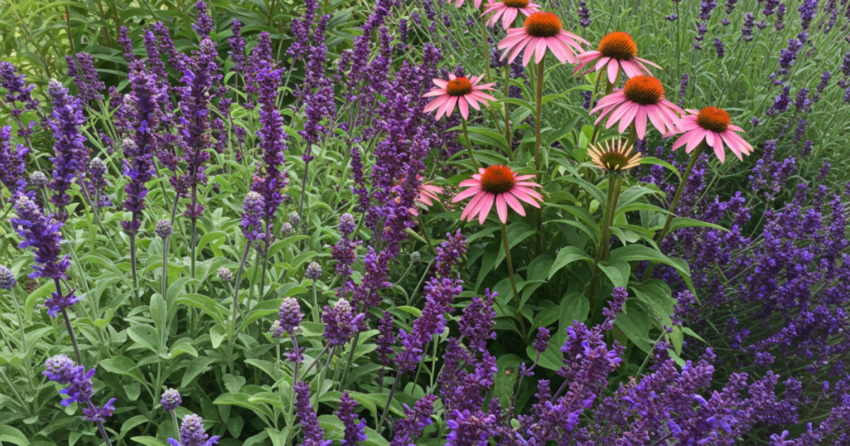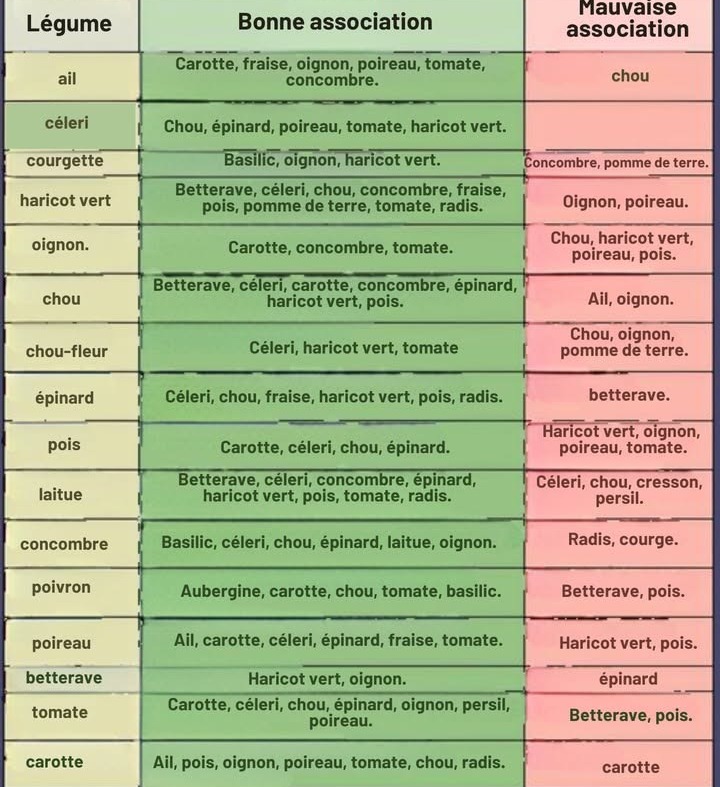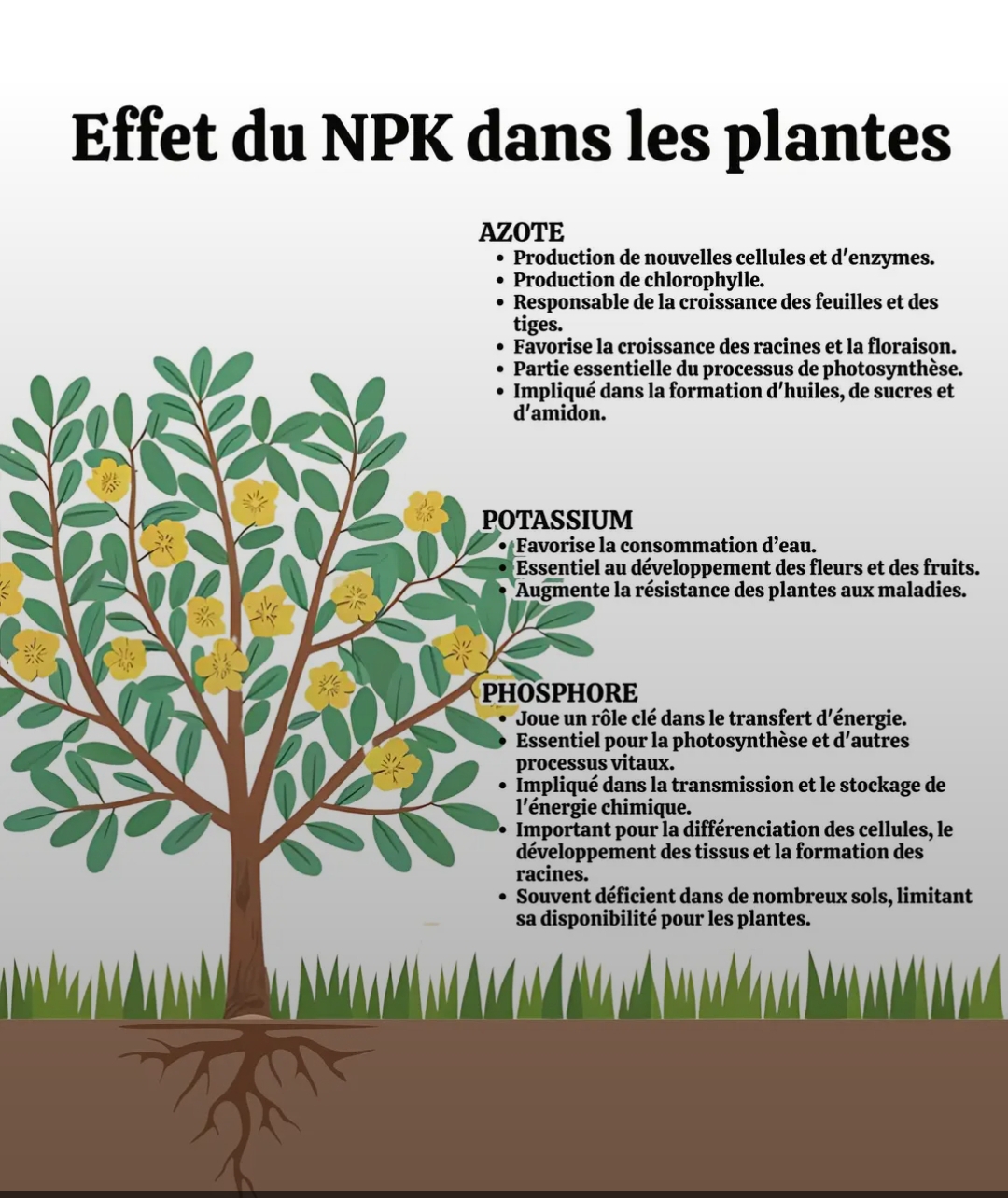LIEN VERS JARDINAGE




When it comes to creating a vibrant and dynamic garden, perennials are a gardener's best friend. Unlike annuals, which need to be replanted every year, perennials return season after season, offering a reliable source of beauty and color. But what if you could have perennials that bloom not just once, but multiple times a year? Imagine your garden bursting with color in spring, summer, and even fall! In this article, we'll explore 15 perennials that bloom multiple times a year, ensuring your garden remains a stunning oasis throughout the growing season.
Before diving into the list, let's discuss why you should consider perennials that bloom more than once a year. These plants offer several advantages:
Now, let's explore 15 perennials that will keep your garden blooming all year long.
Salvia, also known as sage, is a versatile perennial that blooms repeatedly throughout the growing season. With its spiky flowers in shades of blue, purple, pink, and red, salvia is a favorite among pollinators. Deadheading spent flowers encourages new blooms.
Coneflowers are hardy perennials known for their daisy-like flowers and prominent cones. They bloom from early summer to fall and attract butterflies and bees. Deadheading can promote a second round of blooms.
This cheerful perennial produces golden-yellow flowers with dark centers. Black-eyed Susans are drought-tolerant and bloom from early summer to fall. Regular deadheading encourages reblooming.
Daylilies are reliable perennials that bloom in a variety of colors, including orange, yellow, pink, and purple. Each flower lasts only a day, but the plant produces numerous buds, ensuring a long blooming period.
Coreopsis, also known as tickseed, is a low-maintenance perennial with bright yellow, orange, or red flowers. It blooms from early summer to fall and thrives in poor soil conditions.
Lavender is a fragrant perennial that blooms in shades of purple, blue, and white. It's a favorite for its aromatic foliage and ability to attract pollinators. Pruning after the first bloom encourages a second flowering.
Catmint is a hardy perennial with lavender-blue flowers and aromatic foliage. It blooms from late spring to fall and is highly attractive to bees and butterflies. Cutting back after the first bloom promotes reblooming.
Garden phlox is a showy perennial with clusters of fragrant flowers in shades of pink, purple, white, and red. It blooms from mid-summer to early fall and thrives in moist, well-drained soil.
Shasta daisies are classic perennials with white petals and yellow centers. They bloom from early summer to fall and are perfect for cut flower arrangements. Deadheading encourages continuous blooming.
Russian sage is a drought-tolerant perennial with silvery foliage and lavender-blue flowers. It blooms from mid-summer to fall and adds a touch of elegance to any garden.
Yarrow is a tough perennial with flat-topped flower clusters in shades of yellow, pink, red, and white. It blooms from early summer to fall and thrives in poor soil conditions.
Bee balm is a vibrant perennial with tubular flowers in shades of red, pink, purple, and white. It blooms from early summer to fall and is a magnet for hummingbirds and butterflies.
Blanket flowers are drought-tolerant perennials with daisy-like flowers in shades of red, orange, and yellow. They bloom from early summer to fall and thrive in hot, dry conditions.
Astilbe is a shade-loving perennial with feathery plumes of flowers in shades of pink, red, white, and purple. It blooms from late spring to early summer and thrives in moist soil.
Many modern rose varieties are repeat bloomers, producing flowers from late spring to fall. With proper care, including regular deadheading and pruning, roses can provide continuous color in your garden.
To maximize the blooming potential of your perennials, follow these tips: